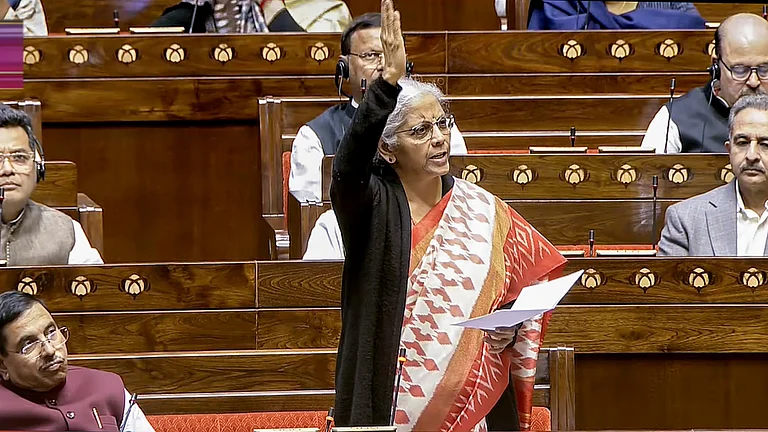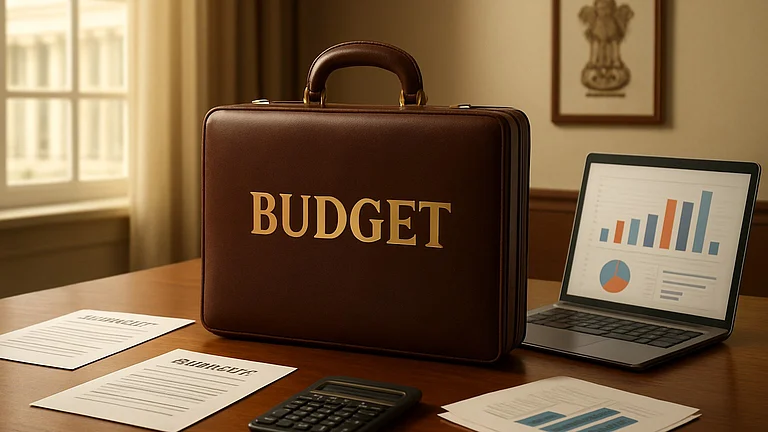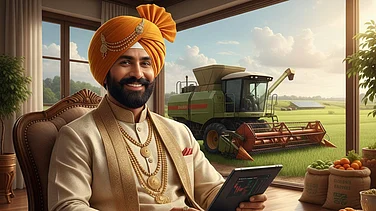India’s fast-moving consumer goods (FMCG) sector eagerly anticipates government intervention to boost rural demand in the forthcoming Union Budget. Analysts believe that stress in the rural economy contributed to the Bharatiya Janata Party’s (BJP) relatively poor performance in the recent Lok Sabha elections.
Most FMCG and consumer durable companies, which heavily rely on rural markets, have experienced muted growth in the last few quarters. They hope the Budget will invigorate their balance sheets.
Rural income growth has lagged urban income growth for a long time. Between 2020 and 2024, growth of FMCG sales in rural areas was slower than urban areas, due to lower disposable incomes and poor infrastructure, according to McKinsey. Even though some green shoots were visible in the volume growth rate in recent quarters, the sector demands for a more sustainable trajectory from the new government.

Arvind Virmani, a member of Niti Aayog, attributes the BJP’s electoral performance to low rural demand. Despite external shocks like the Covid-19 pandemic, many voters did not accept these as sufficient explanations for their economic woes, he says.
Burgeoning Stress
The stress in the rural economy is evident in private final consumption expenditure (PFCE) numbers. Average growth in private consumption fell from 7.2 per cent between 2015 and 2019 to 4.5 per cent between 2020 and 2024.
Economists note that marginal voters compare their progress over the last five years with the previous five years, and this time, the numbers did not favour the BJP. The BJP’s seat count fell from 303 in 2019 to 240 in the recent elections, forcing reliance on traditionally unreliable alliance partners to maintain a majority in Parliament.

Niti Aayog’s Virmani, who also served as chief economic adviser to the Union government from 2007 to 2009, draws a parallel with the 2004 elections when the BJP, under Atal Bihari Vajpayee, faced a similar scenario. “In both 2004 and 2024, average five-year growth rate in per capita GDP was slightly lower than in the previous five years, despite the narrative of higher growth,” he says.
Economists predict that the election results will compel the BJP to reconsider its approach to rural demand. Over the past decade, the focus has been on infrastructure development, with the infrastructure budget growing by 336 per cent between 2014 and 2025. Conversely, spending on welfare schemes and subsidies increased by just 93 per cent. Naveen Malpani, partner and consumer industry leader at Grant Thornton Bharat, suggests that a greater capital push in welfare schemes could enhance purchasing power in rural markets, benefiting the FMCG industry.
From the Horse’s Mouth
Recently, the Union Finance Ministry consulted with over 120 officials from various stakeholder groups ahead of the Union Budget. Sanjiv Puri, president of the Confederation of Indian Industry (CII) and an FMCG industry leader, was at the meeting. Ahead of the meeting, Puri, in an interview with Outlook Business, emphasised the need for higher spending in rural areas. He advocated for productivity-enhancing initiatives such as irrigation, storage infrastructure, and the Pradhan Mantri Gram Sadak Yojana. Puri stressed the importance of non-farm employment for rural youth and the industrialisation of rural areas.
Aasif Malbari, chief financial officer at Godrej Consumer Products, echoes Puri’s sentiments. “The budget should prioritise rural job creation, incentivise capital expenditure, and promote innovation,” he says. Malbari has called for substantial resources to support exports and job creation in both urban and rural areas to build a “resilient and inclusive economy.”
Slash the Tax
In addition to focusing on the rural economy, industry leaders are advocating for tax moderation. Sanjeev Agarwal, president of PHD Chamber of Commerce and Industry, proposed the rationalisation of direct taxes to Finance Minister Nirmala Sitharaman at the stakeholders’ meeting. He suggested that the peak tax rate should not be imposed on annual incomes below Rs 25 lakh. Currently, the peak tax rate of 30 per cent applies to taxpayers with income thresholds of Rs 10 lakh and Rs 15 lakh for the old and new tax regimes, respectively. Agarwal believes middle-class tax relief would boost consumption and demand.
Archana Choudhary, tax partner for retail and consumer products at EY India, concurs, emphasising the importance of increasing demand in rural and mid-tier cities. “Optimisation of taxes will be beneficial for the overall economy,” she says.
The Union Budget 2024 is among the most anticipated in India’s post-liberalisation history. Two decades of coalition politics with a focus on welfare were followed by the BJP’s rise in 2014, shifting the focus to development. As coalition politics returns, will the BJP be forced to change its stripes? We will find out on June 23.































